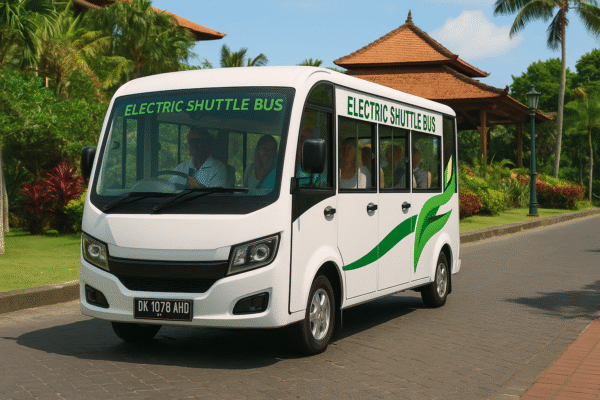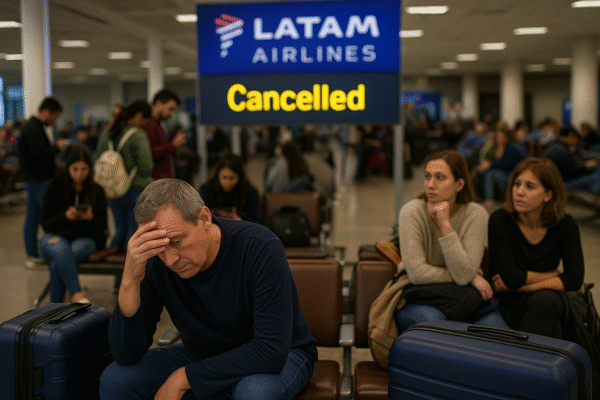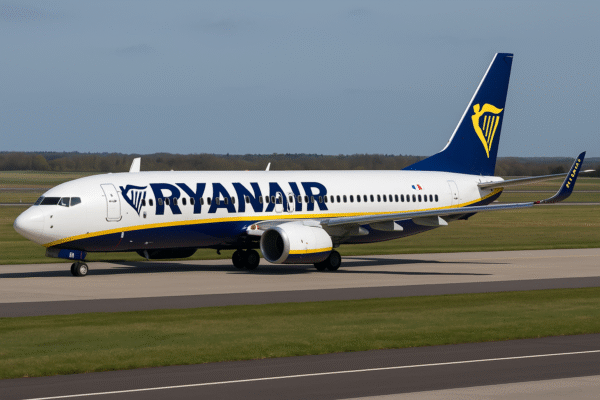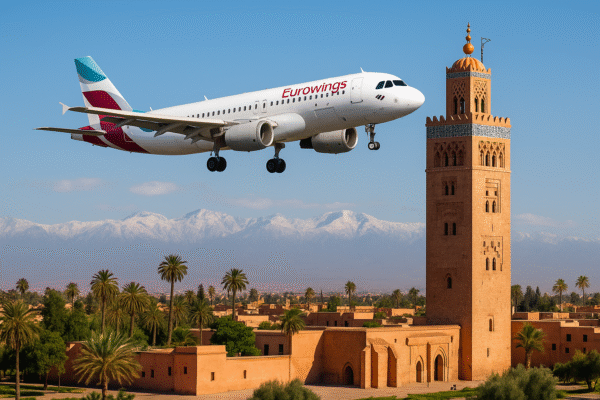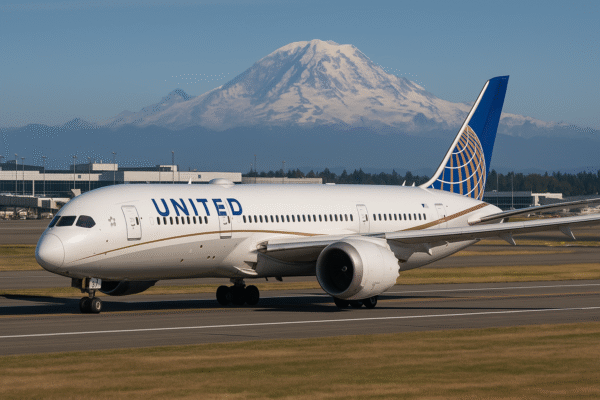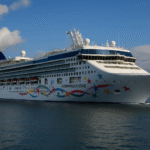A transpacific United Airlines flight en route from Los Angeles (LAX) to Tokyo Narita (NRT) made an unplanned emergency landing in Seattle (SEA) on July 12, 2025, after a flight attendant suffered a serious medical emergency mid-flight. The incident triggered a cascade of airline operational reroutes, delays, and passenger disruptions across one of the world’s busiest air corridors.
Flight UA32, operated by a Boeing 787-9 Dreamliner, was flying over the Pacific Ocean when crew members reported a medical emergency involving a colleague. According to data from the Aircraft Communications Addressing and Reporting System (ACARS), the event was flagged as a “medical diversion.” Within minutes, flight operations coordinated a safe diversion to Seattle–Tacoma International Airport, where the aircraft landed at approximately 14:00 UTC, several hours before its scheduled arrival in Japan.
Human Emergency Disrupts Cross-Pacific Travel
The medical incident involving a flight attendant prompted immediate concern among both passengers and crew, shifting the focus from a routine long-haul journey to a pressing onboard health crisis. Although emergency services were on standby, no evacuation procedures were necessary upon landing. United Airlines has not disclosed the crew member’s medical condition, but internal sources suggest that rapid intervention was vital.
For passengers, the experience quickly turned stressful. Many were expecting to arrive in Tokyo that evening but instead faced an unexpected overnight delay in Seattle. Hotel accommodations, meal vouchers, and rebooking options were initiated by United’s customer support teams, but the ripple effects of the incident extended far beyond the aircraft cabin.
Rare Dual Diversion: Seattle-to-Tokyo Flight Redirected Back to Los Angeles
Adding to the unprecedented nature of the situation, the same aircraft—Boeing 787-9, registration N29978—was scheduled to operate flight UA008 from Seattle to Tokyo later that same day. In a dramatic turn of events, that second Tokyo-bound flight was also diverted—this time back to Los Angeles. The result was an extremely rare instance of both Tokyo-bound flights essentially swapping cities: the original Los Angeles-to-Tokyo flight landed in Seattle, and the Seattle-to-Tokyo service returned to Los Angeles.
Passengers on both flights found themselves facing logistical chaos. While some were rerouted on other United services, others had to wait for aircraft and crew realignments the following day. The sequence of events demonstrated how a single medical emergency can disrupt an airline’s finely tuned global network.
High Stakes on the Pacific Route
The Pacific corridor—particularly the air traffic triangle connecting Los Angeles, Seattle, and Tokyo—is among the most heavily trafficked and economically significant in the world. Data from the U.S. Department of Transportation reveals that more than 1.9 million passengers traveled between the U.S. and Japan in the first six months of 2025 alone.
When disruptions like this occur, the impact stretches far beyond passengers. Business travelers miss critical meetings, tourists lose prepaid hotel nights, and airlines suffer revenue losses due to missed connections and aircraft downtime. Additionally, long-haul aircraft such as the Boeing 787-9 are scheduled tightly to optimize fleet usage, and unscheduled diversions can lead to delays across multiple continents.
Emotional Toll on Passengers and Crew
While operational disruptions are significant, the emotional toll on affected travelers was also substantial. Families traveling for summer holidays, solo adventurers, and business executives all found themselves rerouting travel plans while coping with concern for the ailing crew member.
Several passengers took to social media to share their appreciation for the crew’s professionalism and the compassion shown by airline staff. One traveler described the experience as “stressful but humbling,” praising the flight attendants who managed to keep passengers informed and calm during the midair emergency.
Airline Agility in Times of Crisis
United Airlines’ swift pivot in managing aircraft logistics, passenger rebooking, and crew rotations highlighted the complexity of global airline operations in 2025. With ongoing challenges such as crew shortages, high demand, and tighter margins, airlines must maintain agile systems that can absorb unexpected disruptions.
The decision to redirect both aircraft in such a synchronized manner reflected United’s priority to minimize further delays, even at the cost of short-term confusion. Customer care representatives worked overnight to secure accommodations and updated departure schedules for hundreds of stranded travelers.
Looking Forward: Travel Advisory for Transpacific Flyers
As global air travel demand continues to surge post-pandemic, travelers are encouraged to maintain flexibility when planning international trips. Unexpected incidents, including medical diversions, mechanical issues, and weather-related delays, remain part of the airline industry’s risk matrix.
United Airlines is expected to offer compensation, mileage credits, and rebooking assistance to affected passengers under its customer service commitment. While the flight attendant’s current condition remains confidential, the airline confirmed that the crew member received immediate medical attention upon landing.
Passengers planning trips between the U.S. and Asia—particularly on long-haul routes—are advised to check flight status updates, maintain buffer times for connections, and consider travel insurance for added peace of mind.
Conclusion: A Reminder of Aviation’s Human Core
The dual diversion incident on July 12 is a poignant reminder that while air travel is one of the most efficient modes of global transportation, it remains vulnerable to human unpredictability. Behind every itinerary are real people—passengers, pilots, and crew—whose well-being and resilience shape the journey as much as any technology or schedule.
In the skies between North America and Asia, airlines like United continue to balance precision, compassion, and contingency in keeping travelers moving forward.
For more travel news like this, keep reading Global Travel Wire


